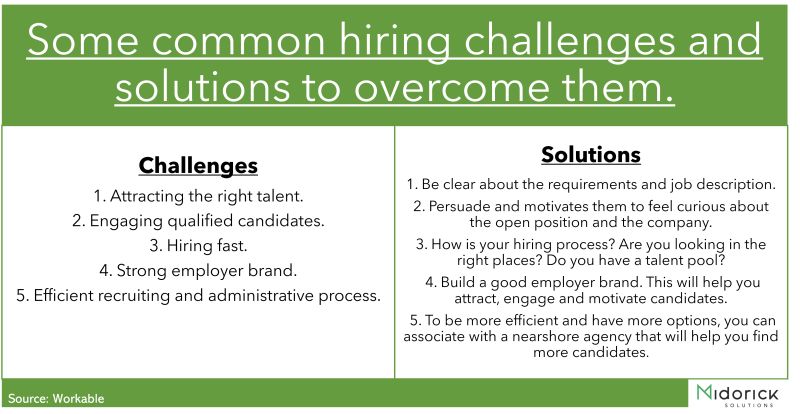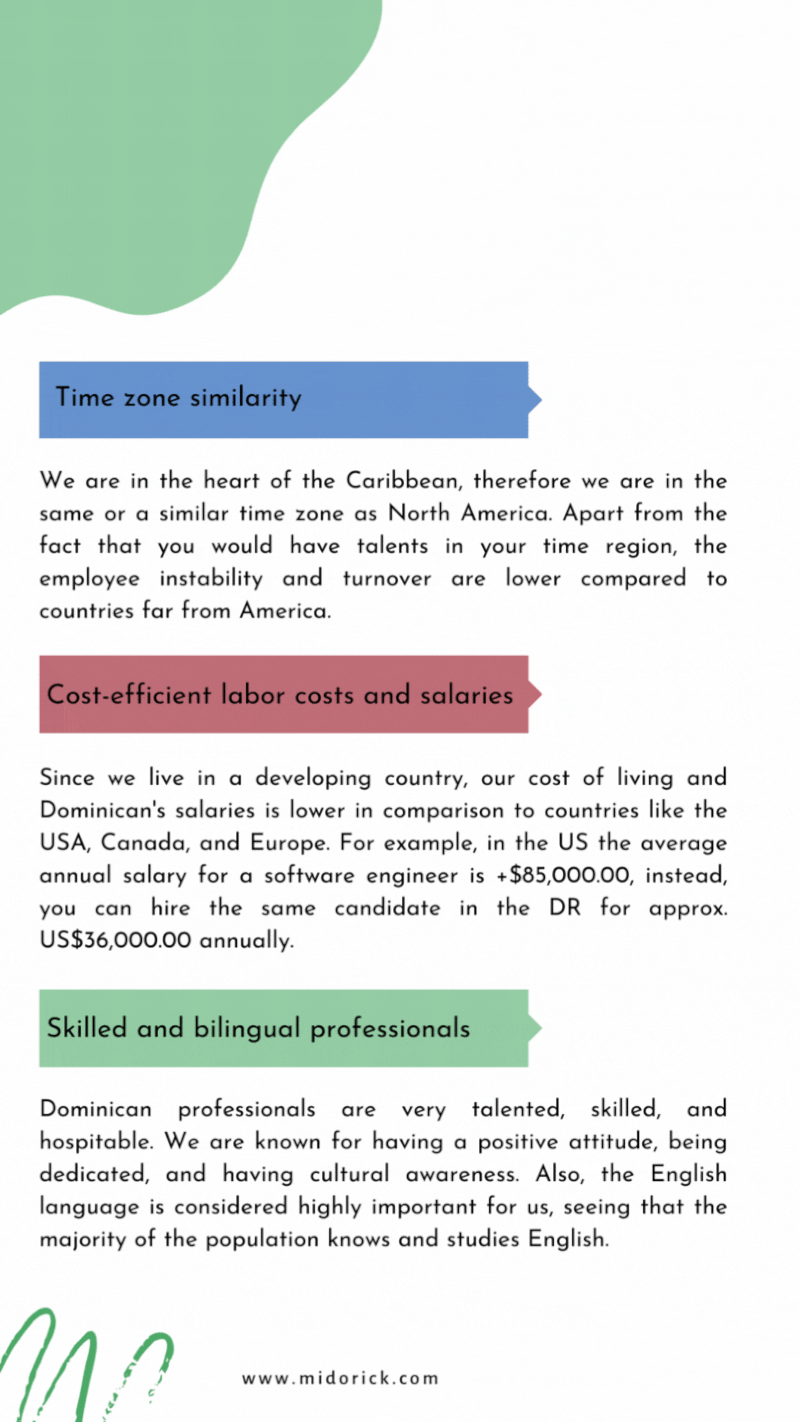Understanding the Costs of Using an Employer of Record (EOR) Service: A Comprehensive Breakdown
In today’s fast-paced business environment, companies expanding internationally increasingly rely on Employer of Record (EOR) services to streamline hiring, payroll, and compliance. For U.S. startups and scaling companies, understanding the cost structure of an EOR is crucial. This article provides an overview of EOR expense categories, pricing models, influencing factors, and potential additional charges, helping businesses budget effectively and extract maximum value from partnerships with experienced providers like Midorick Solutions.
Transitioning from the problem statement, the sections below outline key cost considerations, with insights for leveraging EOR services effectively.
Defining the Core Expense Categories of EOR Services
When evaluating an EOR, companies should understand that the core expenses include administrative fees, payroll processing and compliance charges, employee benefits contributions, local statutory obligations, and initial setup and onboarding fees.
Standard Administrative Fees for EOR Management
EORs charge administrative fees to cover routine tasks such as processing employment documentation, maintaining records, and ensuring compliance with local labor laws. These fees can be a fixed amount per employee or a percentage of salary. They also cover data security measures and dedicated support, enabling companies to focus on core business strategies while leaving HR management to experts.
Payroll Processing and Compliance Charges
A critical EOR function is accurate payroll processing. This includes salary disbursement, tax filing, handling deductions, and ensuring adherence to local regulations. Regular updates to tax codes and labor laws require continuous investment in software and legal expertise, reducing the risk of penalties and ensuring cash flow predictability.
Employee Benefits Contributions and Management Costs
EOR services manage costs for employee benefits, such as health insurance, retirement contributions, and paid leave. By negotiating group rates and streamlining enrollment, EOR providers help companies obtain competitive benefits packages, reducing administration burdens while meeting varying local requirements.
Local Statutory Obligations and Tax Burdens Covered by EOR Pricing
EORs incorporate costs for local statutory obligations such as social security, health, pension, and unemployment contributions. These fees vary by country and include additional costs like labor inspection compliance. Embedding these charges in the overall fee provides companies with predictable budgeting and reduces legal risks.
Initial Setup and Employee Onboarding Fees
Setting up an employee in a new jurisdiction involves administrative tasks, contract creation, background checks, and orientation. Although one-time, these costs can be significant in complex regulatory environments. A streamlined onboarding process provided by an EOR can accelerate productivity and reduce legal risks.
What Are the Typical Costs Associated With Using an Employer of Record EOR Service

EOR pricing generally follows several models, including percentage-based fees relative to salary, fixed per-employee monthly pricing, international currency exchange charges, supplementary HR support costs, and termination/offboarding fees.
Percentage-Based Fees Relative to Employee Salary
Under this model, the EOR charges a percentage of the employee’s gross salary (typically between 10% and 20%). This fee increases with salary levels and covers administrative functions, payroll, benefits, and statutory contributions. Its transparency helps companies forecast HR costs as their workforce grows.
Fixed Per-Employee Per-Month Pricing Models
Many providers offer a predictable fixed fee per employee per month (often between $300 and $1,000), bundling essential HR services. This model simplifies budgeting by eliminating fluctuations due to salary changes and is attractive for companies with steady payrolls.
Expenses Related to International Currency Exchange
For companies operating in multiple currencies, exchange rate fluctuations may lead to additional surcharges or fees. These costs cover currency conversion, hedging, and related administrative tasks, and are managed through clear contractual terms to minimize hidden expenses.
Costs for Supplementary HR Support Services
Beyond standard services, supplementary HR support—such as recruitment, training, legal consultations, and strategic HR advice—may incur extra charges. While these services add to the overall cost, they provide significant long-term benefits through improved compliance, talent retention, and organizational agility.
Termination and Offboarding Service Charges
EORs manage the offboarding process when employees leave, which includes final payroll, severance package compliance, and legal wrap-ups. These fees are sometimes integrated into the overall package, though complex cases might incur additional costs. Understanding these fees is essential for companies with high turnover.
Factors That Influence Your Employer of Record Service Investment
Several factors influence EOR pricing, including local labor laws, workforce size, benefits complexity, industry-specific risks, and the length and terms of service agreements.
Country-Specific Labor Laws and Regulations Impacting Price
Labor regulations vary greatly by country. Regions with stringent labor protections and higher statutory benefits require more resources, leading to higher fees. Companies must consider these regulatory differences and the need for dynamic pricing models that adjust to evolving local laws.
The Number of Employees Managed Through the EOR
The overall cost is influenced by the number of employees. Larger workforces benefit from economies of scale, though increased complexity may also require additional services such as dedicated account management. Volume discounts or tiered pricing often apply.
Complexity of Benefits Packages and Local Requirements
Costs for benefits management depend on the required scope—ranging from basic health insurance to comprehensive packages including retirement and paid leave. Customizing benefits to meet local and company standards can increase complexity and cost.
Industry Sector and Associated Risk Factors
Different industries present unique risks. Sectors like healthcare, finance, or technology may need extra oversight, background verification, or compliance measures. Higher-risk sectors might incur additional fees for risk management and enhanced service agreements.
Length and Terms of the EOR Service Agreement
Contract duration and terms affect pricing. Long-term agreements may offer discounts and rate stability, while short-term contracts provide flexibility at a higher cost. Carefully reviewing service level agreements and contract clauses is essential to avoid unexpected charges.
Uncovering Potential Ancillary Charges in EOR Service Agreements

Beyond core fees, ancillary charges can arise from services outside the standard scope. These additional costs need clear definitions to avoid surprises.
Fees for Out-of-Scope Services or Special Requests
Services beyond the standard package, such as custom reporting or extra recruitment support, are usually billed separately. It is important to clarify what is included in the base fee and what incurs extra charges.
Charges for Legal Consultations or Dispute Resolution
While basic legal advisory is typically included, extensive legal consultations or dispute resolution services are charged on an hourly or project basis. Clear contractual terms help companies plan for these potential costs.
Costs Associated With Amendments to Employment Contracts
Amendments to contracts, whether for changing benefit packages or job roles, can incur additional administrative and legal fees. Companies should understand the process and fee structure for such changes in the EOR agreement.
Expenses for Background Checks and Pre-Employment Screening
Basic screening is generally included, but extensive background checks or specialized testing may involve extra charges. A clear understanding of screening services ensures balanced cost planning.
Potential for Year-End Adjustments or Compliance Updates
At year-end, adjustments may be needed for tax reconciliations, benefit updates, or changes in mandatory contributions. Although typically minimal, these adjustments can affect the overall budget and should be anticipated.
Comparing EOR Provider Pricing Models for Best Value
To ensure optimal value, companies must assess provider pricing models based on transparency, service inclusions, and scalability.
Analyzing Transparent vs Opaque Fee Structures
Transparent pricing provides detailed cost breakdowns, facilitating direct comparisons between providers. Clear invoicing and rate cards eliminate surprise fees, while opaque models may mask hidden costs.
Assessing Inclusions Within Standard EOR Service Packages
A full-service package should cover payroll, benefits, compliance, and onboarding. Companies should review these inclusions to avoid paying for redundant services and to identify areas where extra investment may be beneficial.
Requesting Detailed Breakdowns of All Potential Charges
Obtaining a detailed, itemized breakdown of both recurring and one-time charges is vital for budgeting and negotiation. Customized proposals help forecast expenditures and understand how costs scale with expansion.
Understanding Service Level Agreements and Their Cost Implications
SLAs define service performance, dispute resolution, and response times. Higher service guarantees may come at a premium, so companies must evaluate whether the associated costs are justified by the promised performance levels.
Evaluating Scalability Options and Associated Price Adjustments
Flexible pricing that scales with workforce growth is essential for expanding companies. Providers offering tiered discounts or adjustable pricing structures are often more attractive as they maintain cost efficiency with growth.
Realizing the Financial Advantages of an EOR Partnership

EOR services provide financial benefits beyond outsourcing HR tasks by reducing overhead, mitigating compliance risks, and enabling scalable operations—critical for U.S. startups and rapidly expanding companies.
Reduced Overheads From Avoiding Local Entity Setup
Using an EOR eliminates the need for setting up local legal entities and subsidiaries, which involve high legal, administrative, and capital costs. This allows companies to accelerate market entry and focus capital on strategic investments while transferring compliance risks to the EOR.
Savings on In-House HR and Payroll Infrastructure
Outsourcing HR and payroll functions to an EOR reduces the need for in-house systems, software, and dedicated HR teams, yielding direct cost savings and efficiency gains. The provider’s continual upgrades ensure access to state-of-the-art services without additional capital investments.
Minimizing Risks of Non-Compliance Fines and Penalties
By ensuring adherence to local labor laws and tax regulations, EORs help companies avoid costly fines, litigation, and reputational damage. This dedicated compliance management reduces financial and legal risks, offering peace of mind and financial predictability.
Accessing Competitive Employee Benefits at Scale
With consolidated purchasing power, EORs negotiate competitive rates for employee benefits, which can be challenging for smaller companies to secure independently. This results in improved employee retention and overall cost control.
Streamlined Global Mobility and Expansion Cost Efficiency
EORs manage the legal, regulatory, and logistical challenges of hiring abroad, facilitating rapid team deployment without the delays of local incorporation. This streamlined approach reduces the total cost of ownership and enables agile responses to market opportunities.
Frequently Asked Questions
Q: How does an Employer of Record (EOR) service reduce overall HR costs? A: An EOR eliminates the need for a local legal entity, consolidates payroll and benefits management, and mitigates compliance risks, leading to lower overhead costs and reduced administrative expenses.
Q: What are the main cost drivers in an EOR service fee? A: Key drivers include administrative fees, payroll processing and compliance charges, employee benefits, local statutory obligations, and onboarding fees. Currency exchange and supplementary HR services may also add to the cost.
Q: Can the cost of using an EOR service vary by country? A: Yes, differences in labor laws, statutory benefits, tax requirements, and compliance complexities mean that EOR fees vary by country. Regions with stricter regulations typically incur higher costs.
Q: How do percentage-based fee models work in EOR pricing? A: The EOR charges a percentage (typically 10%-20%) of each employee’s gross salary, covering core HR services. This model adjusts with salary changes, ensuring predictable cost scaling.
Q: What should companies look for in an EOR contract regarding hidden or ancillary charges? A: Companies should request detailed breakdowns of all fees, including those for out-of-scope services, legal consultations, contract amendments, background checks, and year-end adjustments, to ensure transparency and avoid unexpected expenses.
Q: How do legal and compliance services in an EOR package mitigate risk? A: EORs use their expertise to ensure compliance with local labor laws, tax regulations, and statutory requirements, minimizing the risk of fines, legal disputes, and reputational damage.
Q: What are the scalability options with EOR services? A: Scalability is achieved through tiered pricing structures that adjust with employee count, allowing companies to expand without disproportionate cost increases, thereby maintaining cost efficiency.
Final Thoughts
This comprehensive breakdown shows that EOR services offer significant value by reducing administrative overhead, ensuring legal compliance, and providing scalable HR solutions. Companies expanding internationally can minimize risk and control costs through predictable pricing models and clear fee structures. Ultimately, partnering with an EOR enables businesses to concentrate on growth while efficiently managing their global workforce.







